Achieving Win-Win in HR Prioritization
As leaders within a Human Resources (HR) business unit, the ability to strike a balance between what’s right for the business and what’s right for its employees is absolutely critical. This approach not only ensures the long-term success of the organization but also creates a harmonious and sustainable work environment that fosters growth, productivity, and employee engagement.
First and foremost, leaders must make decisions that are in the best interest of the business. This approach ensures the organization’s long-term success by aligning HR strategies with its overall goals and objectives. It involves optimizing resources, implementing effective policies and procedures, and ensuring that HR practices are in harmony with the company’s mission and vision. By doing so, leaders contribute to the growth and profitability of the business.
Equally important is the consideration of employees’ well-being and development. A content and engaged workforce is directly linked to increased productivity, innovation, and employee retention. Leaders who prioritize their employees demonstrate the value they place on their contributions and invest in their growth. This not only boosts morale and motivation but also enhances overall job satisfaction, ultimately leading to higher levels of commitment and loyalty.
Moreover, prioritizing employee needs helps in fostering a positive work culture and building healthy relationships within the organization. When employees perceive that their leaders genuinely care about their well-being, it creates an atmosphere of trust, transparency, and mutual respect. Such an environment encourages open communication, collaboration, and teamwork, leading to a more harmonious and productive workplace.
Furthermore, considering the impact of decisions on employees is crucial for ensuring fairness and equality in the workplace. By adhering to ethical principles and treating employees with respect and dignity, leaders lay a strong foundation of trust and fairness. This can be achieved through fair compensation, providing opportunities for growth and development, recognizing and rewarding achievements, and promoting diversity and inclusion.
In conclusion, HR leaders must prioritize both the business and its employees. By making decisions that align with the organization’s goals while also considering the well-being and development of employees, leaders can create a thriving work environment that promotes productivity, engagement, and long-term success. This balanced approach is key to building a sustainable and harmonious workplace where both the business and its employees can flourish.




